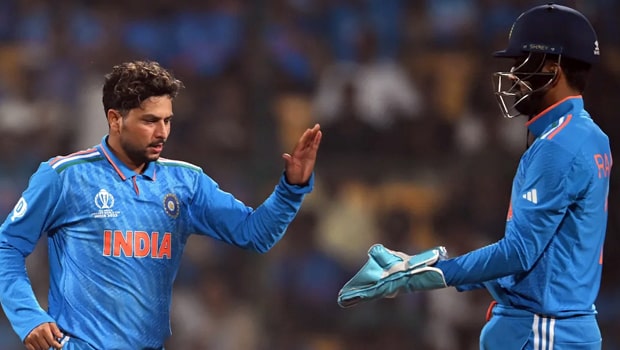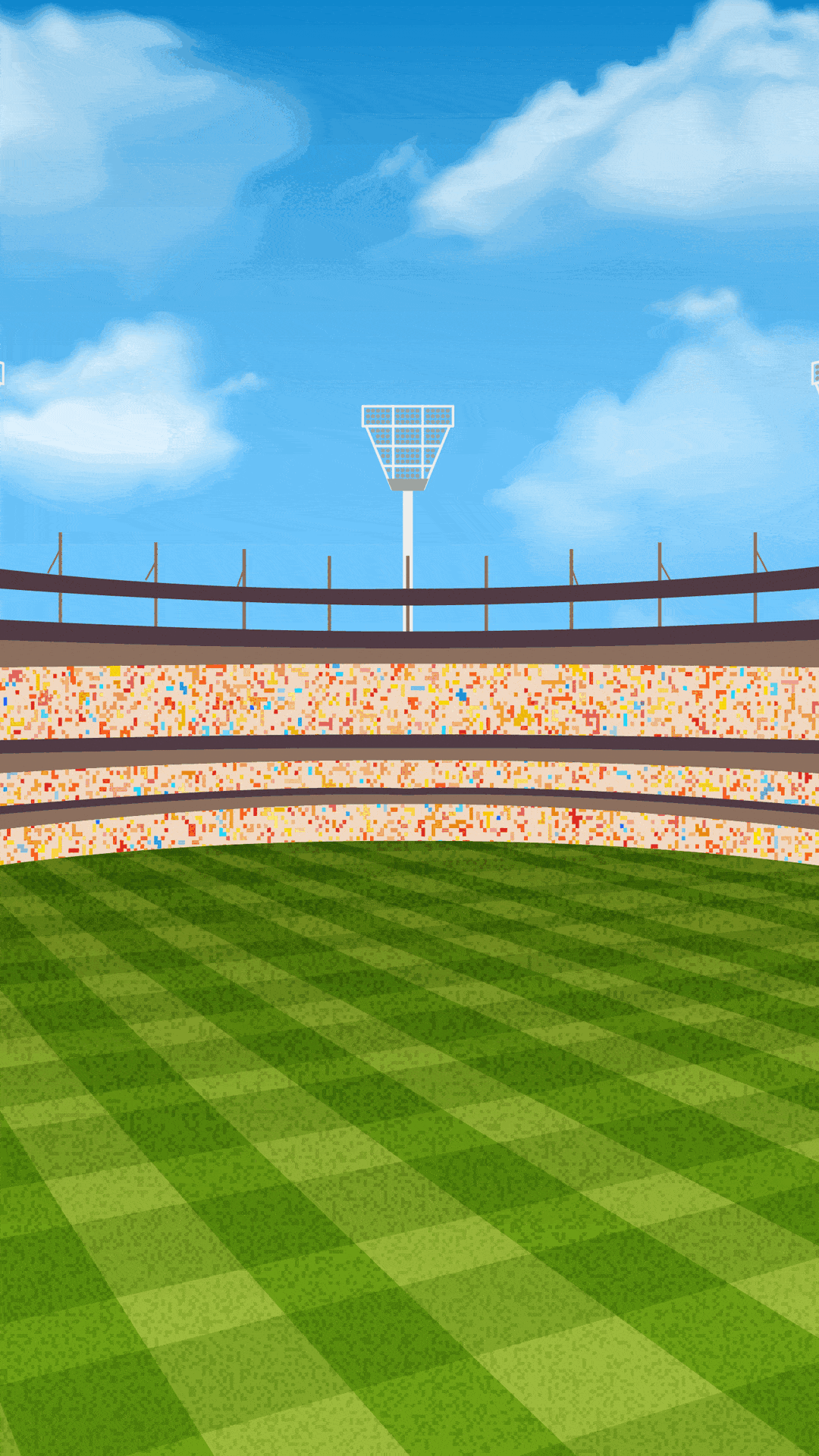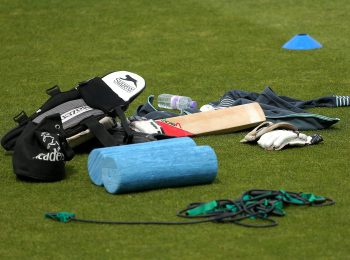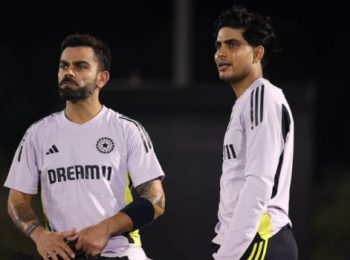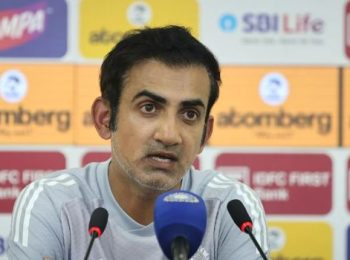India’s first ODI assignment since the heartbreak of November 19 in Ahmedabad is three matches against South Africa in South Africa, two days on from a somewhat different-looking team levelling the T20I leg of this tour 1-1.
From the ODI World Cup squad, there are only three players in South Africa. KL Rahul has been named captain for these three matches, and joining him from the World Cup campaign are Shreyas Iyer and Kuldeep Yadav. The others to make up the ODI squad are Ruturaj Gaikwad, Rajat Patidar, Sai Sudarshan, Sanju Samson, Rinku Singh, Axar Patel, Tilak Varma, Washington Sundar, Arshdeep Singh, Avesh Khan, Yuzvendra Chahal, Deepak Chahar and Mukesh Kumar.
The next major ICC event is the Champions Trophy in 2025, so ODIs are not the priority for the BCCI at the moment, understandably. Which makes discussions around the nature of India’s current World Cup squad rather one-dimensional, if not pointless, given that most names here are nothing more than placeholders.
As with the T20I squad, we must assume that the likes of Rohit Sharma, Shubman Gill, Virat Kohli, Hardik Pandya, Suryakumar Yadav, Ravindra Jadeja, Jasprit Bumrah, Mohammed Siraj and Mohammed Shami will all slot back at some time, so for the fringe players who will play in these three ODIs the chance to remain in contention for future series is critical. Even if success and failure is not valued, given that a first-choice ODI team was blanked 0-3 in South Africa on the previous tour.
Gaikwad is one assured opener, and his partner up top should be the uncapped Sudarshan, who has done the job for Tamil Nadu in domestic cricket and who averages 60 in List A cricket, with six hundreds in 24 innings. Varma’s one ODI to date saw him bat at one-down, which is where he primarily plays in domestic List A matches too, so he should at least start the series.
Iyer will rightfully slot into the No 4 spot, followed by Rahul at his customary No 5 position. Rahul’s presence as captain and wicketkeeper effectively means that the recalled Samson does not look likely to get a game, unless it is a middle-order option which is the same skill that the uncapped Rajat Patidar offers.
But on form and merit the No 6 spot should go to Rinku, who has dazzled in his brief T20I career this year and who offers a solid left-hand finishing option. The 26-year-old ends 2023 with a T20I batting average of 65.50 and a strike-rate of 180.68, and it is now time to see what Rinku can do in ODIs.
Axar and Washington are competing for one slot in the 11, as the spin-bowling allrounder. Overlooked for the ODI World Cup, Yuzvendra Chahal is back for these three matches but how long he is persisted with is anyone’s guess. The 33-year-old faces stiff competition from Kuldeep, and could get chances only if the latter is rested.
Arshdeep, so far all but bracketed as a T20I bowler, gets the chance to add to his three ODI caps from 2022 and this series could be make-or-break for him. India do not have a capable left-arm seamer in ODIs, and the challenge is for Arshdeep to underline his credentials outside of bowling just four overs. With Siraj rested, one of Avesh and Chahar will be tried across these three ODIs.
India do not play ODIs until after next summer’s T20 World Cup, so don’t be drawn too much into what happens in this short and largely inconsequential series.







